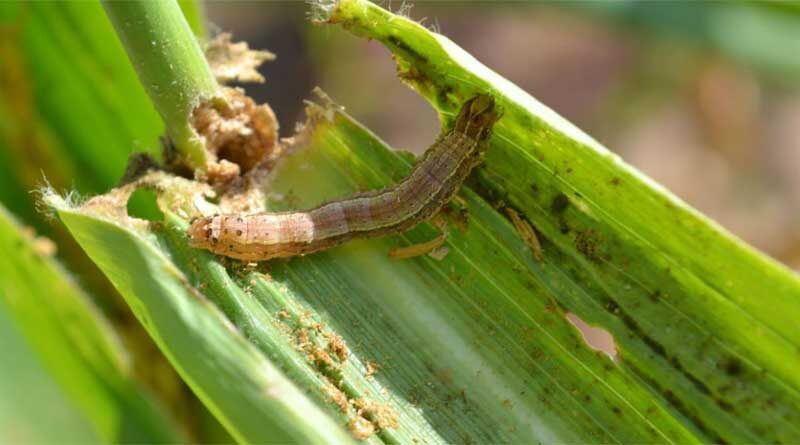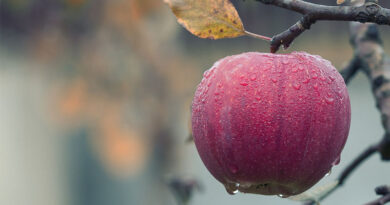Armyworms invade US lawns, pesticide sales see boost
13 September 2021, New York: A massive infestation of armyworms is wreaking havoc across the US, turning plush green lawns into barren dirt piles – and providing an autumn boost to pesticide sales in the process.
Usually confined to the South, the pests’ territory expanded greatly this year due to environmental factors that have also allowed them to flourish in the Midwest and Northeast, where armyworms don’t usually occur in significant numbers. As a result, homeowners who haven’t had to deal with the crawly invaders before are dealing with them now.
Also Read: Highlights: Minutes of the 431st Meeting of Registration Committee (CIB&RC)
What types of pesticides can be used to control armyworm populations? Below we highlight products that are expected to benefit from this year’s unprecedented outbreak.
Bacillus thuringiensis (Bt)
Currently the most commercially significant biopesticide technology, Bacillus thuringiensis (Bt) is an alternative to traditional chemical insecticides that can neutralize armyworm larvae without harming beneficial insects. Bt is used as a bioinsecticide applied to plants as needed; it is also a key component in plant biotechnology.
Bifenthrin
Bifenthrin is also an effective pesticide against armyworms. A pyrethroid, bifenthrin is a synthetic chemical designed to be similar to chemicals produced by insect-repelling pyrethrum flowers (chrysanthemums).
Carbaryl
Carbaryl can also be used to protect lawns and gardens from armyworms. However, like many carbamates, the pesticide is falling out of favor in some areas due to its environmental impact.















